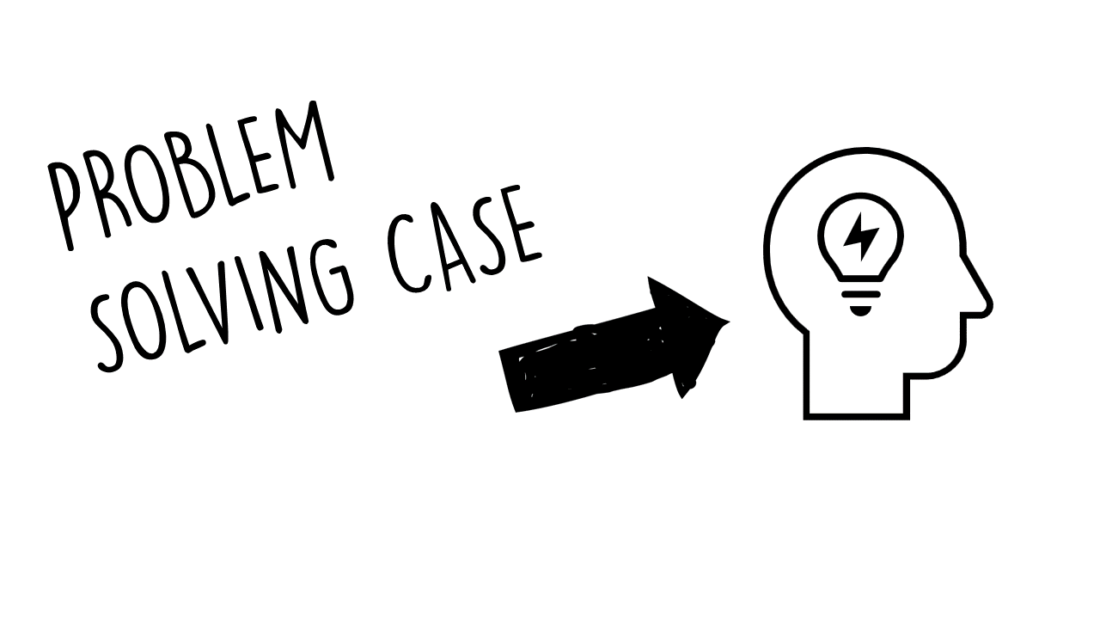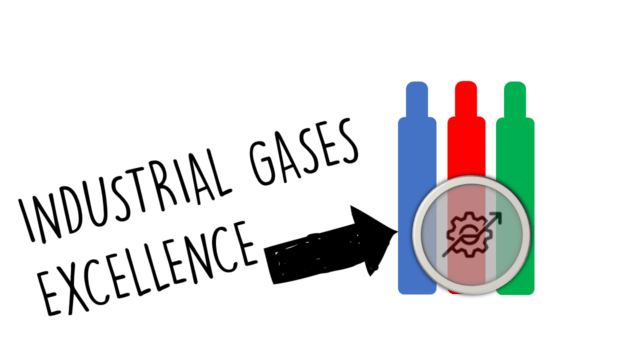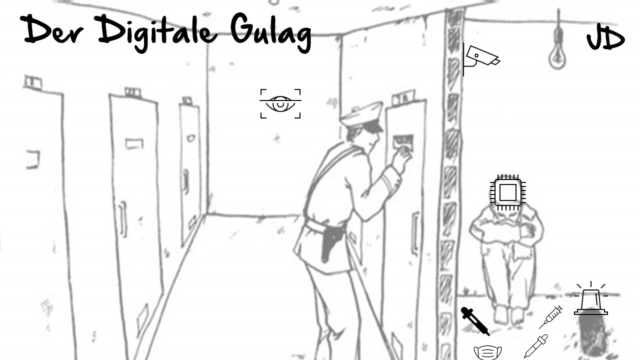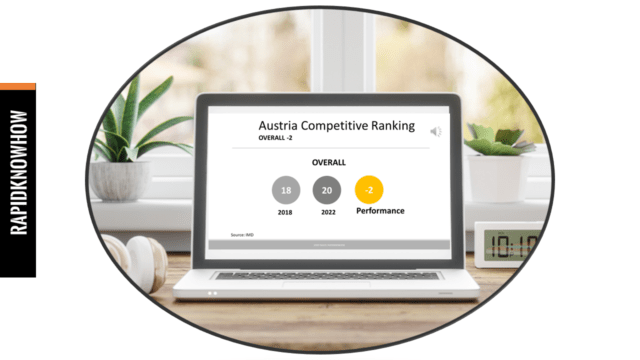Introduction: Analyzing the Competitive Strategies of Coca Cola and PepsiCo
Coca Cola and PepsiCo are two major players in the beverage industry, with a long history of competition and rivalry. Both companies have a global presence and offer a wide range of products, including carbonated soft drinks, juices, sports drinks, and bottled water. Understanding and analyzing the competitive strategies of these companies is crucial for their success in the highly competitive beverage industry.
Understanding the Importance of Competitor Analysis in the Beverage Industry
Competitor analysis is crucial in the beverage industry due to its highly competitive nature. The industry is constantly evolving, with new products and trends emerging regularly. By analyzing their competitors, companies like Coca Cola and PepsiCo can stay ahead of the curve and adapt their strategies accordingly.
Competitor analysis provides several benefits for companies in the beverage industry. Firstly, it helps them identify their strengths and weaknesses compared to their competitors. This allows them to focus on areas where they have a competitive advantage and improve on areas where they are lagging behind.
Additionally, competitor analysis helps companies understand market trends and consumer preferences. By studying their competitors’ strategies, companies can gain insights into what works and what doesn’t in the market. This information can then be used to develop more effective marketing campaigns and product offerings.
Coca Cola’s Competitor Analysis Techniques: A Closer Look
Coca Cola employs various techniques to analyze its competitors. One of the key methods used by Coca Cola is conducting market research. This involves gathering data on consumer preferences, market trends, and competitor strategies through surveys, focus groups, and other research methods.
Coca Cola also closely monitors its competitors’ advertising and branding strategies. By analyzing their messaging, target audience, and positioning in the market, Coca Cola can identify areas where it can differentiate itself or improve its own marketing efforts.
Furthermore, Coca Cola utilizes social media monitoring tools to track conversations and sentiment about its competitors. This allows the company to gain insights into consumer perceptions and preferences, which can inform its own marketing and product development strategies.
PepsiCo’s Competitor Analysis Strategies: Unveiling the Approach
PepsiCo also employs various competitor analysis techniques to stay ahead in the beverage industry. One of the key methods used by PepsiCo is benchmarking. This involves comparing its performance and strategies against those of its competitors to identify areas for improvement.
PepsiCo also conducts regular market research to understand consumer preferences and trends. This includes surveys, focus groups, and data analysis to gain insights into what consumers are looking for in their beverages.
Additionally, PepsiCo closely monitors its competitors’ product development strategies. By analyzing their new product launches and innovations, PepsiCo can identify gaps in the market and develop its own unique offerings.
Comparing Coca Cola and PepsiCo’s Market Research Methods
Both Coca Cola and PepsiCo rely heavily on market research to understand consumer preferences and trends. However, they employ different approaches to gather this information.
Coca Cola focuses on quantitative research methods, such as surveys and data analysis. This allows the company to gather large amounts of data quickly and make data-driven decisions. On the other hand, PepsiCo emphasizes qualitative research methods, such as focus groups and in-depth interviews. This allows the company to gain deeper insights into consumer motivations and preferences.
Both approaches have their advantages and disadvantages. Coca Cola’s quantitative approach allows for a broader understanding of the market, while PepsiCo’s qualitative approach provides more nuanced insights. Ultimately, both companies use a combination of quantitative and qualitative research methods to gain a comprehensive understanding of their target audience.
Examining Coca Cola’s Pricing and Positioning Strategies in the Market
Coca Cola employs various pricing strategies to position itself in the market. One of the key strategies used by Coca Cola is price skimming. This involves setting high initial prices for new products and gradually lowering them over time. This strategy allows Coca Cola to capture the maximum value from early adopters and then attract a broader customer base as prices decrease.
Coca Cola also utilizes competitive pricing, where it sets its prices in line with or slightly below its competitors. This strategy helps Coca Cola maintain its market share and prevent customers from switching to cheaper alternatives.
Competitor analysis plays a crucial role in Coca Cola’s pricing and positioning decisions. By analyzing its competitors’ pricing strategies, Coca Cola can ensure that its prices are competitive and attractive to consumers. Additionally, competitor analysis helps Coca Cola identify gaps in the market where it can position itself as a unique and desirable brand.
PepsiCo’s Product Development and Differentiation Techniques
PepsiCo focuses on product development and differentiation to gain a competitive edge in the beverage industry. The company constantly innovates and introduces new products to meet changing consumer preferences.
One of the key product development strategies used by PepsiCo is diversification. The company offers a wide range of beverages, including carbonated soft drinks, juices, sports drinks, and bottled water. This allows PepsiCo to cater to different consumer segments and capture a larger market share.
PepsiCo also differentiates its products through branding and packaging. The company invests heavily in advertising and marketing campaigns to create a unique brand image and position its products as desirable and distinct from competitors.
Competitor analysis plays a crucial role in PepsiCo’s product development and differentiation strategies. By analyzing its competitors’ product offerings, PepsiCo can identify gaps in the market and develop innovative products that meet consumer needs.
Evaluating Coca Cola and PepsiCo’s Advertising and Branding Strategies
Both Coca Cola and PepsiCo invest heavily in advertising and branding to create a strong brand image and connect with consumers. However, they employ different strategies to achieve this.
Coca Cola focuses on emotional branding, where it creates advertisements that evoke strong emotions and connect with consumers on a deeper level. The company often uses storytelling and nostalgia to create a sense of familiarity and loyalty among its customers.
On the other hand, PepsiCo emphasizes celebrity endorsements and pop culture references in its advertising campaigns. The company often collaborates with popular celebrities and influencers to create buzz and appeal to younger audiences.
Competitor analysis plays a crucial role in Coca Cola and PepsiCo’s advertising and branding strategies. By analyzing their competitors’ messaging and positioning, both companies can identify areas where they can differentiate themselves and create a unique brand image.
The Role of Distribution Channels in Coca Cola and PepsiCo’s Competitive Landscape
Distribution channels play a crucial role in the beverage industry, as they determine how products reach consumers. Both Coca Cola and PepsiCo utilize various distribution channels to gain a competitive edge.
Coca Cola focuses on building strong relationships with retailers and distributors to ensure that its products are readily available to consumers. The company also invests in logistics and supply chain management to optimize its distribution processes.
PepsiCo, on the other hand, emphasizes direct store delivery (DSD) as its primary distribution channel. This allows the company to have more control over its products’ placement and availability in stores.
Competitor analysis helps Coca Cola and PepsiCo identify gaps in their distribution networks and optimize their distribution strategies. By analyzing their competitors’ distribution channels, both companies can identify areas for improvement and gain a competitive advantage.
Conclusion: Lessons Learned from Coca Cola and PepsiCo’s Competitor Analysis Techniques
In conclusion, analyzing the competitive strategies of Coca Cola and PepsiCo is crucial for their success in the highly competitive beverage industry. Both companies employ various techniques to understand their competitors’ strategies, market trends, and consumer preferences.
By conducting market research, monitoring competitors’ strategies, and analyzing pricing, positioning, product development, advertising, branding, and distribution strategies, Coca Cola and PepsiCo can stay ahead of the curve and maintain a competitive advantage.
The key lessons that can be learned from Coca Cola and PepsiCo’s competitor analysis techniques include the importance of ongoing market research, the need to adapt strategies based on competitor insights, and the value of differentiation and innovation in product development and branding.
Overall, competitor analysis is a crucial tool for companies in the beverage industry to understand their competitors, identify market trends, and develop effective strategies to stay ahead in the highly competitive market.




